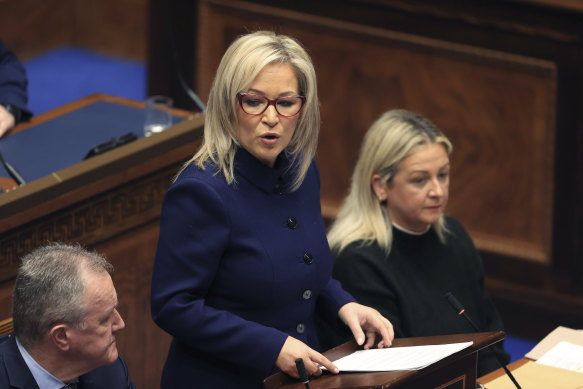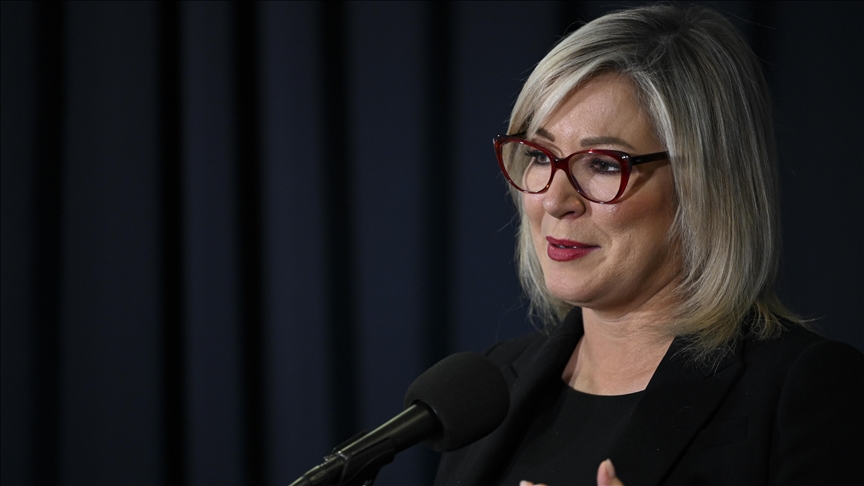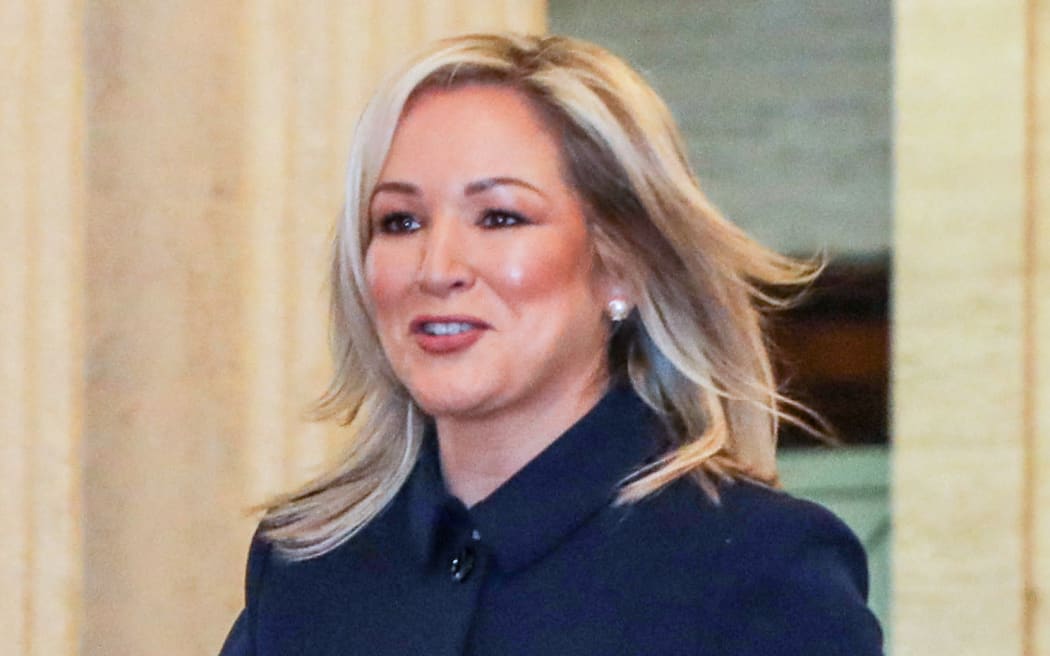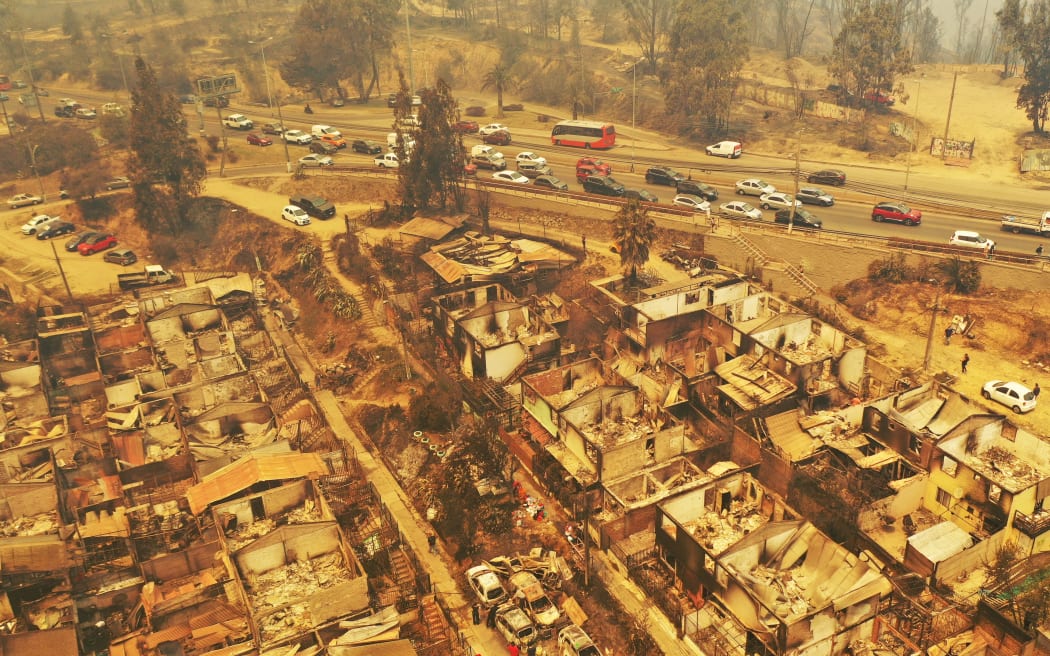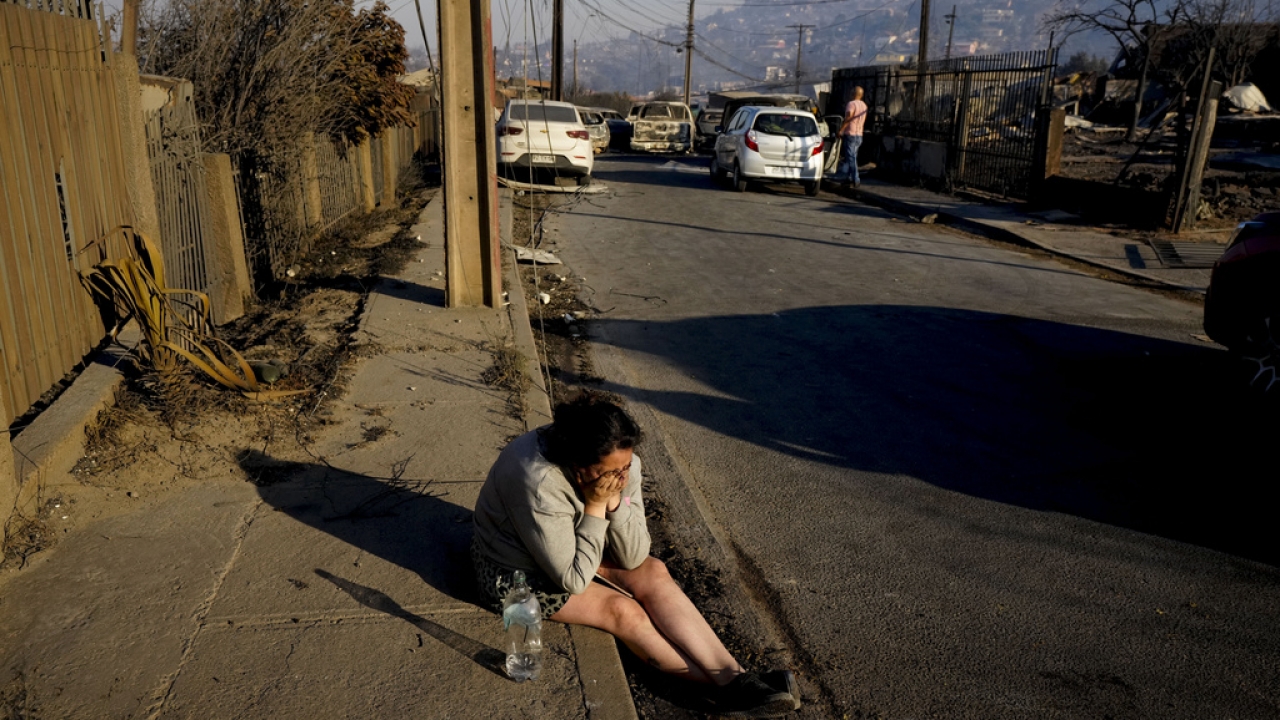Stocktake: Musk’s incentive package dating from 2018 was the largest executive compensation plan in history
:quality(70)/cloudfront-eu-central-1.images.arcpublishing.com/irishtimes/UFEGB4WUDHGOCPKCLZWU7SNFGY.jpg)
Most Tesla shareholders backed the pay deal with Elon Musk. Photograph: Haiyun Jiang/The New York Times
Proinsias O'Mahony
Sat Feb 3 2024 -
US judge Kathaleen McCormick upset Elon Musk when she ruled that Tesla should not have agreed to the “unfathomable” $55.8 billion (€51.2 billion) incentive package – the largest executive compensation plan in history – for Musk in 2018.
Musk devotees argue that he earned it. The full payment required Tesla’s market capitalisation to exceed $650 billion, something which looked impossible in 2018, when Tesla was worth some $50 billion. Most (73 per cent) Tesla shareholders supported the deal, and Musk’s efforts ultimately enriched ordinary shareholders as well as himself.
However, this argument misses the point. Tesla’s board is meant to be independent and to represent ordinary shareholders when negotiating with Musk. It’s not ideal, then, that Tesla’s lead negotiator had a 15-year business relationship with Musk; that another had a 20-year relationship with Musk and regularly went on holidays with his family; that Tesla’s general counsel was Musk’s former divorce lawyer and “whose admiration for Musk”, the judge noted, “moved him to tears during his deposition”.
The board argued that the pay deal would “motivate and incentivise’' Musk, but he already owned 21.9 per cent of Tesla; even without the bonus, he stood to gain over $10 billion for every $50 billion in market capitalisation increase. The $55.8 billion plan just wasn’t necessary, the judge ruled.
Indeed, one could argue the plan wasn’t just unnecessary, but that it backfired. More money for Musk meant more money to spend on distractions such as Twitter (now X) – a purchase that has proved unpopular with weary Tesla shareholders.
